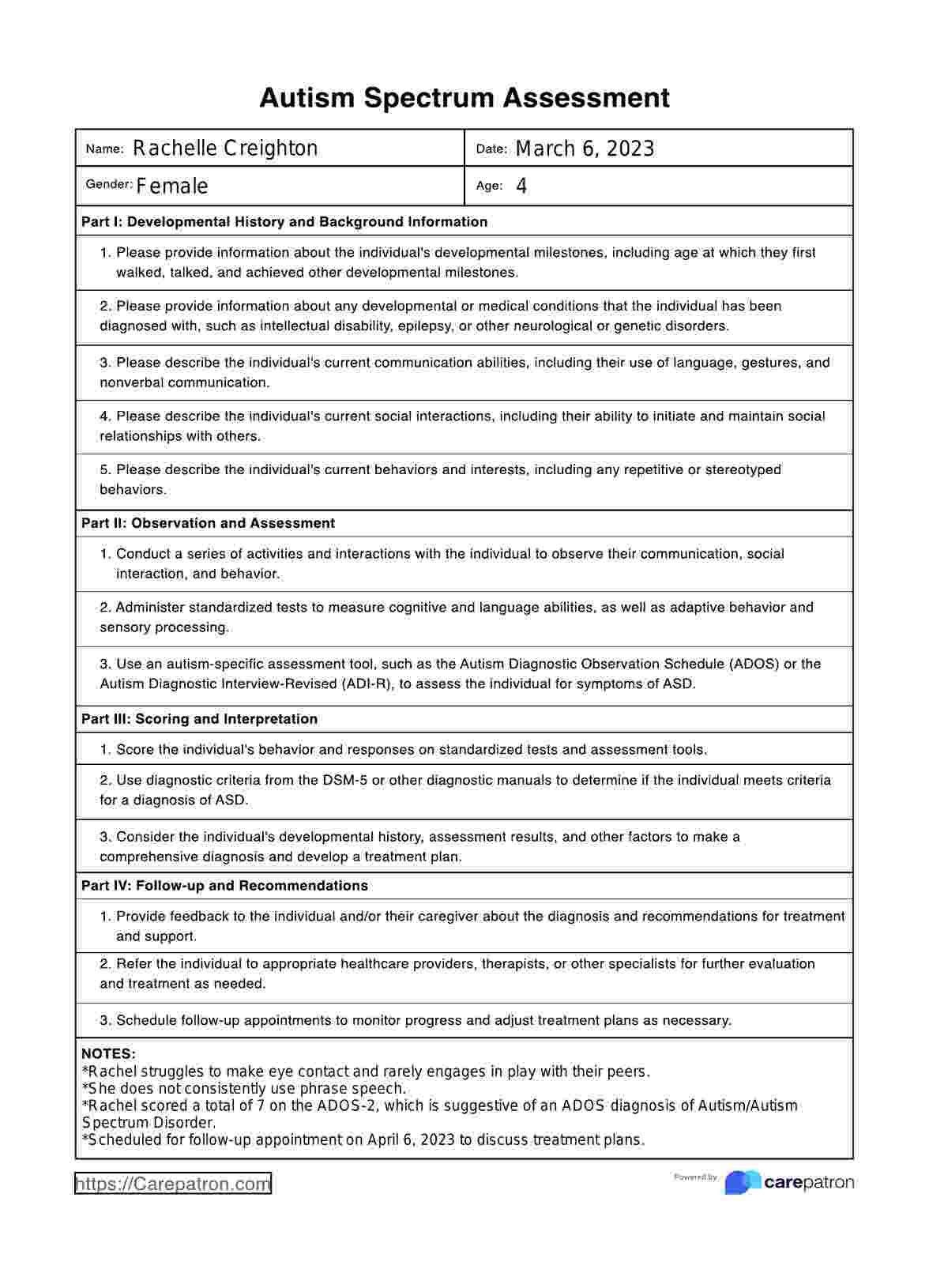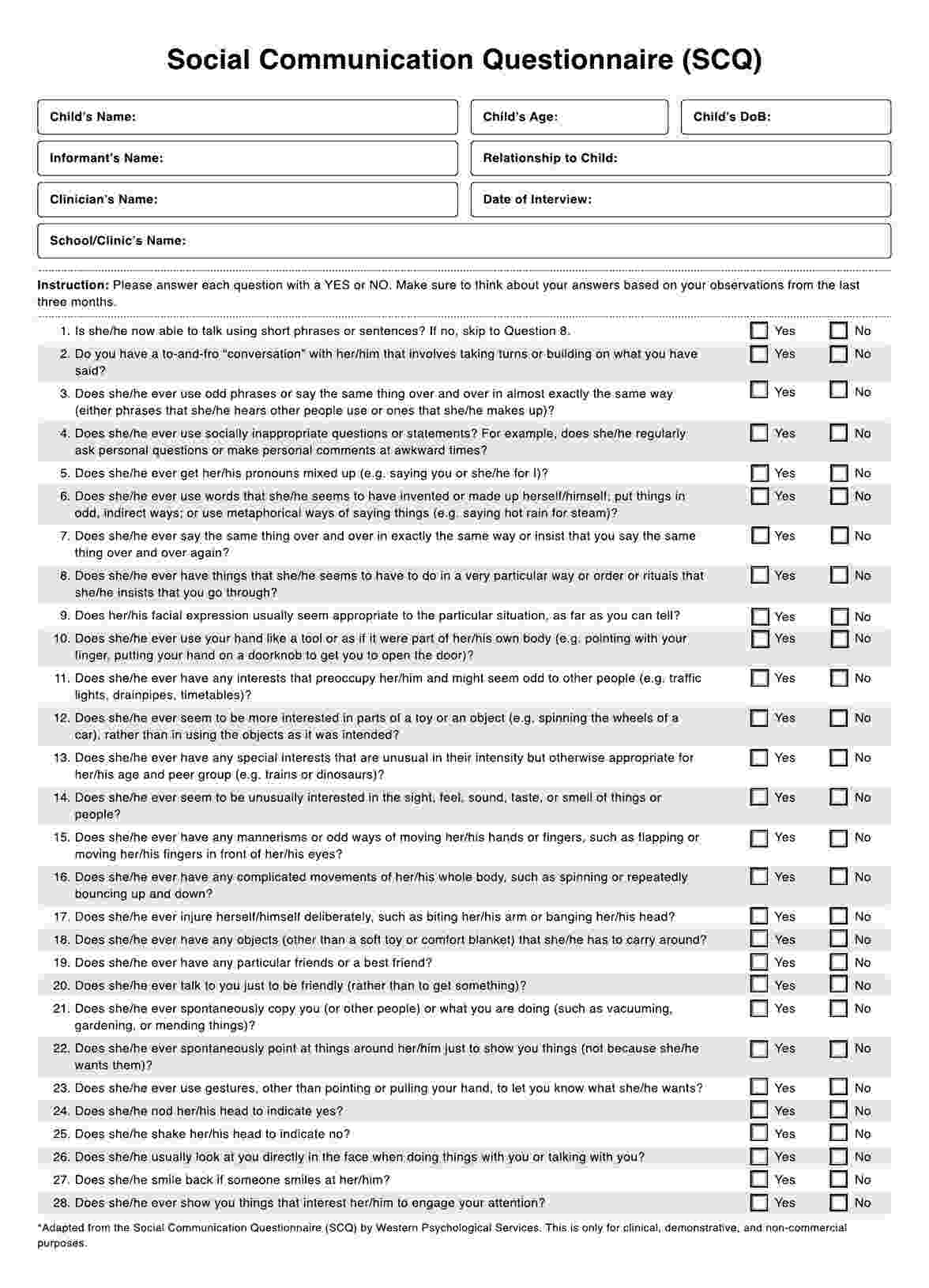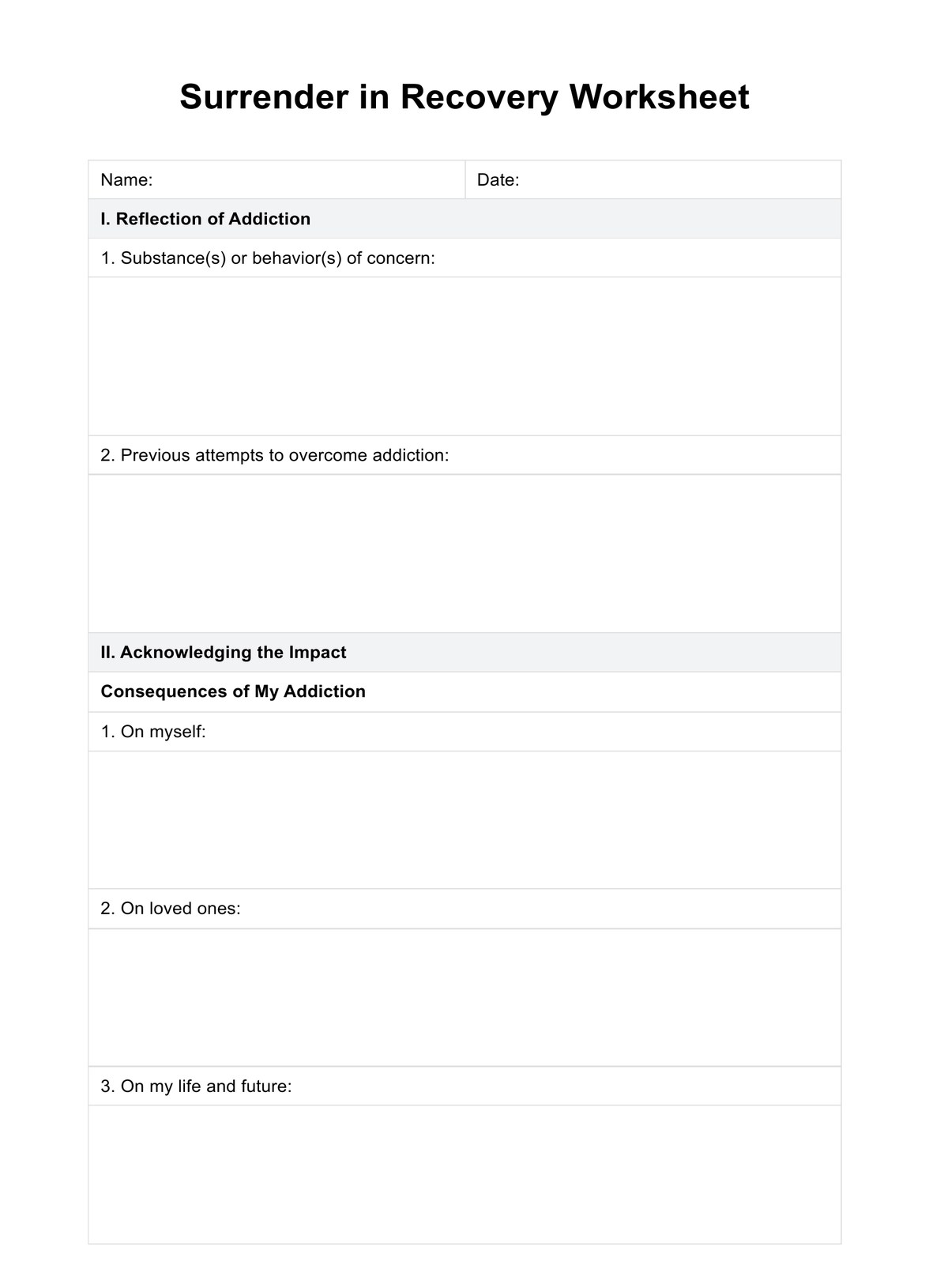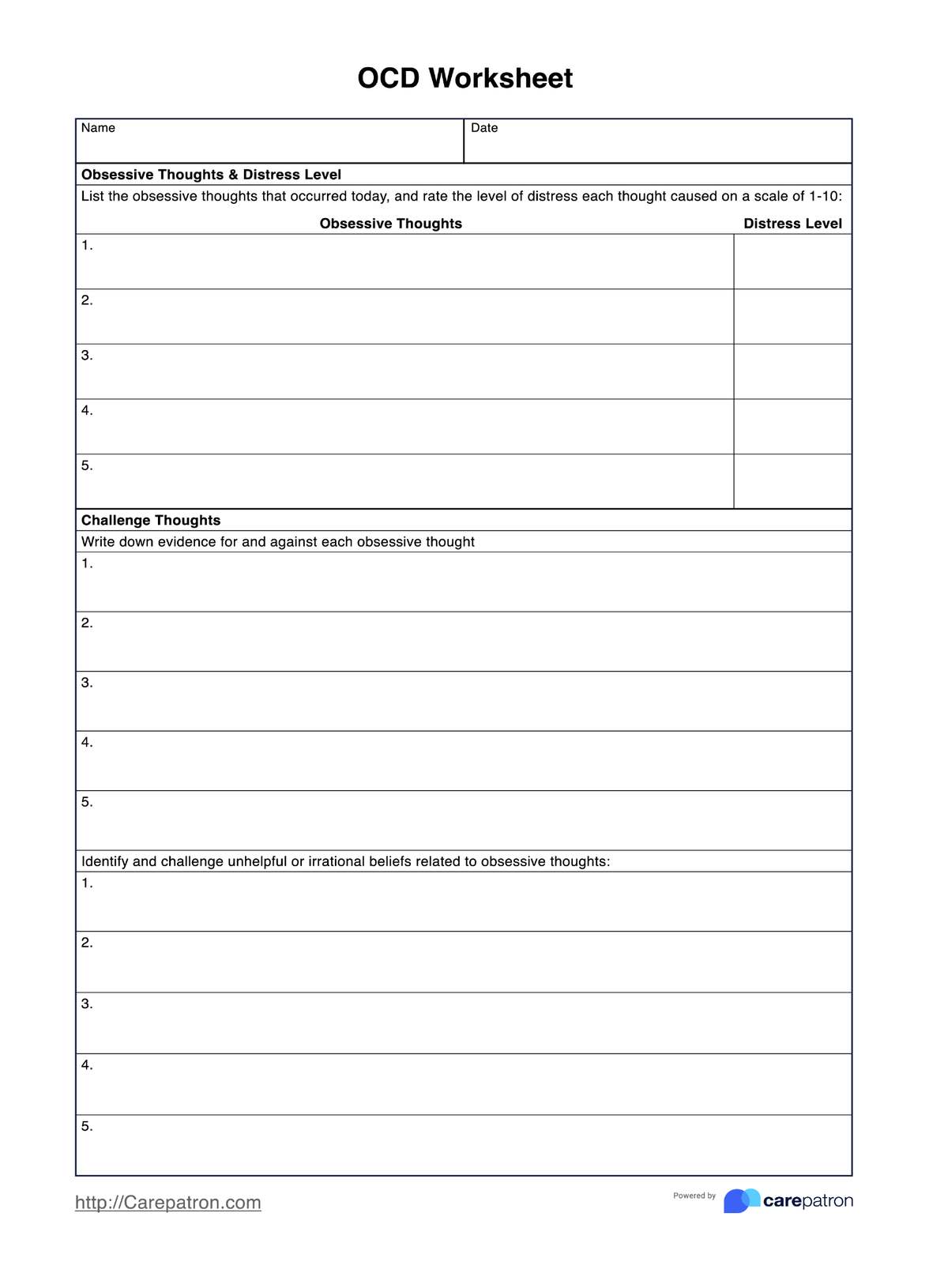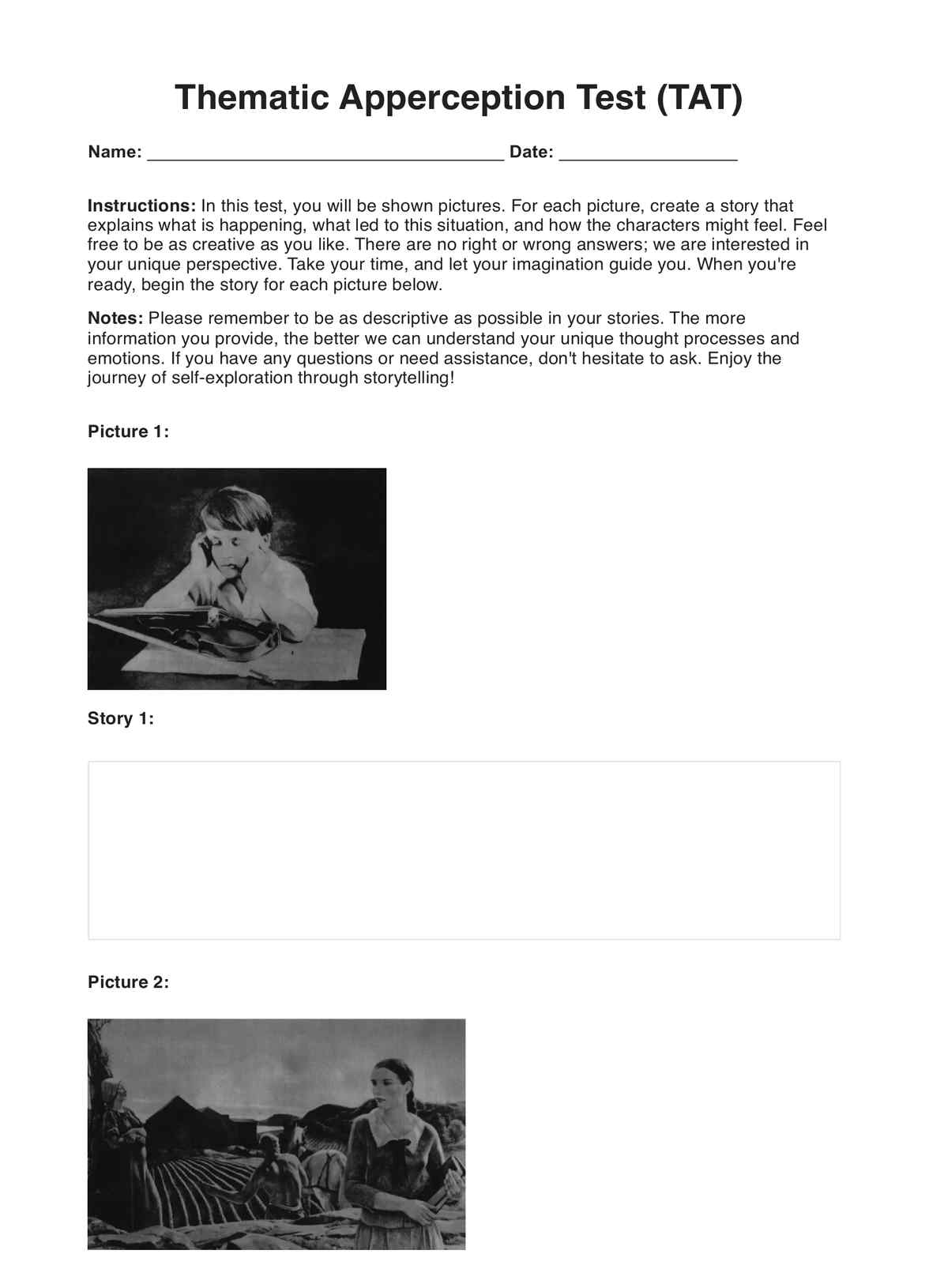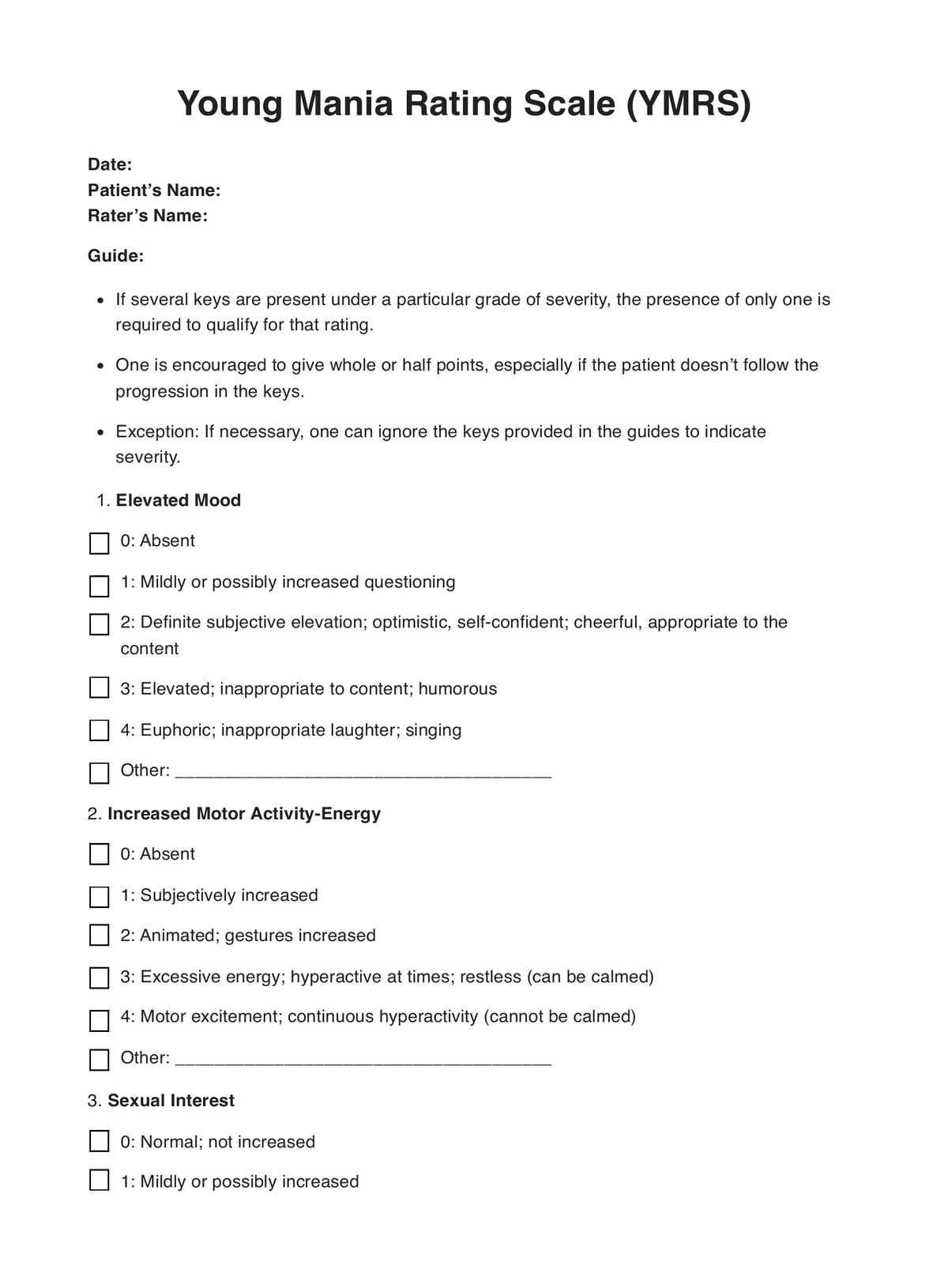CSBS DP Infant-Toddler Checklist
Discover how the CSBS DP Infant-Toddler Checklist can be used for the early detection of developmental concerns—a vital tool for healthcare professionals.


What is a Developmental Disorder?
Developmental disorders encompass various conditions originating in childhood and significantly impair essential domains such as social interaction, learning abilities, and physical development. These complex disorders can manifest in different ways, varying widely in symptoms and severity, often making them challenging to diagnose.
Among the various developmental disorders, Autism Spectrum Disorder is a prominent example, characterized by difficulties in social interaction and communication. Early diagnosis of developmental disorders is vital, as timely intervention can help manage the symptoms and support the child's overall development.
These disorders are not merely medical challenges but can permeate a child's daily life, affecting their ability to learn, make friends, and participate in everyday activities. Consequently, the monitoring and treatment of developmental disorders require a comprehensive approach.
Utilizing modern technology for healthcare professionals managing these conditions can be highly beneficial. By incorporating tracking into electronic health records, providers can create a seamless and integrated approach to care. This system allows for continuous patient progress monitoring, real-time adaptation of treatment plans, and effective coordination among various healthcare providers.
Understanding and addressing developmental disorders is a multifaceted process that involves recognizing the symptoms, diagnosing the condition accurately, and implementing evidence-based interventions tailored to each individual's unique needs and circumstances.
CSBS DP Infant-Toddler Checklist Template
CSBS DP Infant-Toddler Checklist Example
How to use the CSBS DP Infant-Toddler Checklist:
The CSBS DP Infant-Toddler Checklist is a critical screening tool for healthcare professionals to identify early signs of developmental and social communication problems, including Autism Spectrum Disorders. Here are the detailed steps to administer the CSBS DP Infant-Toddler Checklist effectively:
Step 1: Understand the Purpose
The first step is recognizing that the CSBS DP Infant-Toddler Checklist's primary goal is to evaluate infants and toddlers for potential developmental delays. It’s crucial to comprehend the importance of early screening to ensure timely interventions.
Step 2: Collect Information
At this stage, information is gathered from parents and caregivers about the child's social, emotional, and communicative interactions. The checklist includes specific questions that probe into various developmental aspects, allowing for a holistic assessment.
Step 3: Score the Checklist
Once the information is collected, the next task is to evaluate the responses according to the scoring guidelines. This involves focusing on specific areas of developmental concerns and providing scores that reflect the child's abilities and potential challenges.
Step 4: Interpret Results
The final step entails interpreting the scores to understand what they mean for the child's development. Further evaluation or intervention may be required if the CSBS DP Infant-Toddler Checklist indicates potential delays or abnormalities. Referrals to specialists in developmental care, speech therapy, or other related fields may be necessary to ensure the child receives the appropriate care and support.
The CSBS DP Infant-Toddler Checklist not only aids in the early identification of possible developmental issues but also provides a structured and scientifically backed method to assess young children's needs. By employing this tool, healthcare professionals can offer more targeted support and intervention, enhancing the child's overall developmental outcomes.
When would you use this CSBS DP Infant-Toddler Checklist?
The CSBS DP Infant-Toddler Checklist is an instrumental tool strategically designed to identify early signs of developmental delays or disorders in young children. But when is the right time to employ this assessment, and who should use it?
During Routine Developmental Screenings
One of the primary uses of the CSBS DP Infant-Toddler Checklist is during routine developmental screenings. These regular checks are essential for monitoring a child's progress and identifying potential social, communicative, and emotional concerns.
When Concerns Arise
Apart from routine screenings, the checklist can be vital when specific concerns about a child's developmental milestones arise. If a child seems to be struggling with social interactions or communication, this tool can provide an initial assessment to determine if further evaluation is warranted.
Professionals Involved
Various healthcare professionals may find the CSBS DP Infant-Toddler Checklist useful. Pediatricians can include it as part of regular well-child visits; therapists may utilize it to gauge progress or identify areas of concern; and early childhood educators can use it to monitor developmental milestones within educational settings.
Purpose and Benefits
The central purpose of the CSBS DP Infant-Toddler Checklist is to provide a standardized method to identify potential developmental delays or disorders at an early stage. Its design, focusing on vital developmental areas, enables professionals to better understand a child's needs and decide if more detailed evaluations or interventions are required.
The CSBS DP Infant-Toddler Checklist is best suited for routine developmental screenings and specific child development concerns. Its use across different professional domains, from healthcare to education, highlights its versatility and critical role in early childhood development assessment. It is an essential first step in recognizing, understanding, and addressing developmental needs, ensuring that children receive the support they require at the earliest possible stage.
What are the benefits of using this CSBS DP Infant-Toddler Checklist?
Comprehensive Assessment
This free CSBS DP Infant-Toddler Checklist allows for a detailed analysis of a child's developmental status.
Early Intervention
Our free CSBS DP Infant-Toddler Checklist enables early detection and intervention, thus improving outcomes for the child.
Ease of Use
Our free CSBS DP Infant-Toddler Checklist is user-friendly and can be quickly administered by professionals.
Research-Backed
Several studies, such as the validation by NCBI, support the effectiveness of this tool in identifying developmental concerns.
Commonly asked questions
The CSBS DP Infant-Toddler Checklist usually takes 10–15 minutes to complete.
The findings are analyzed based on scoring guidelines, with referrals for further evaluation if necessary.
It is commonly used in regular developmental screenings or when there are social or communicative development concerns.
Healthcare professionals such as pediatricians, therapists, and early childhood educators are qualified to use this tool.

.jpg)
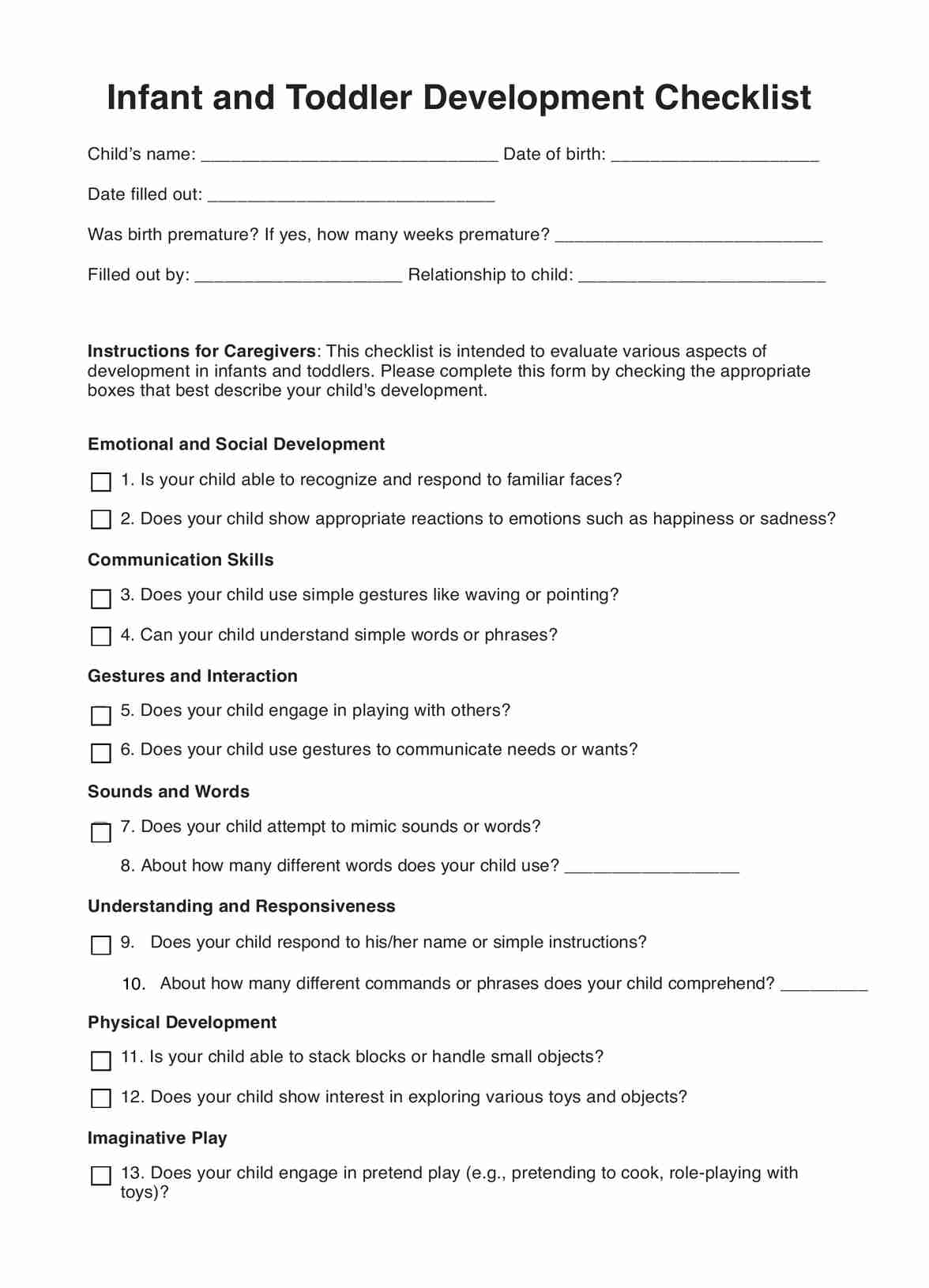
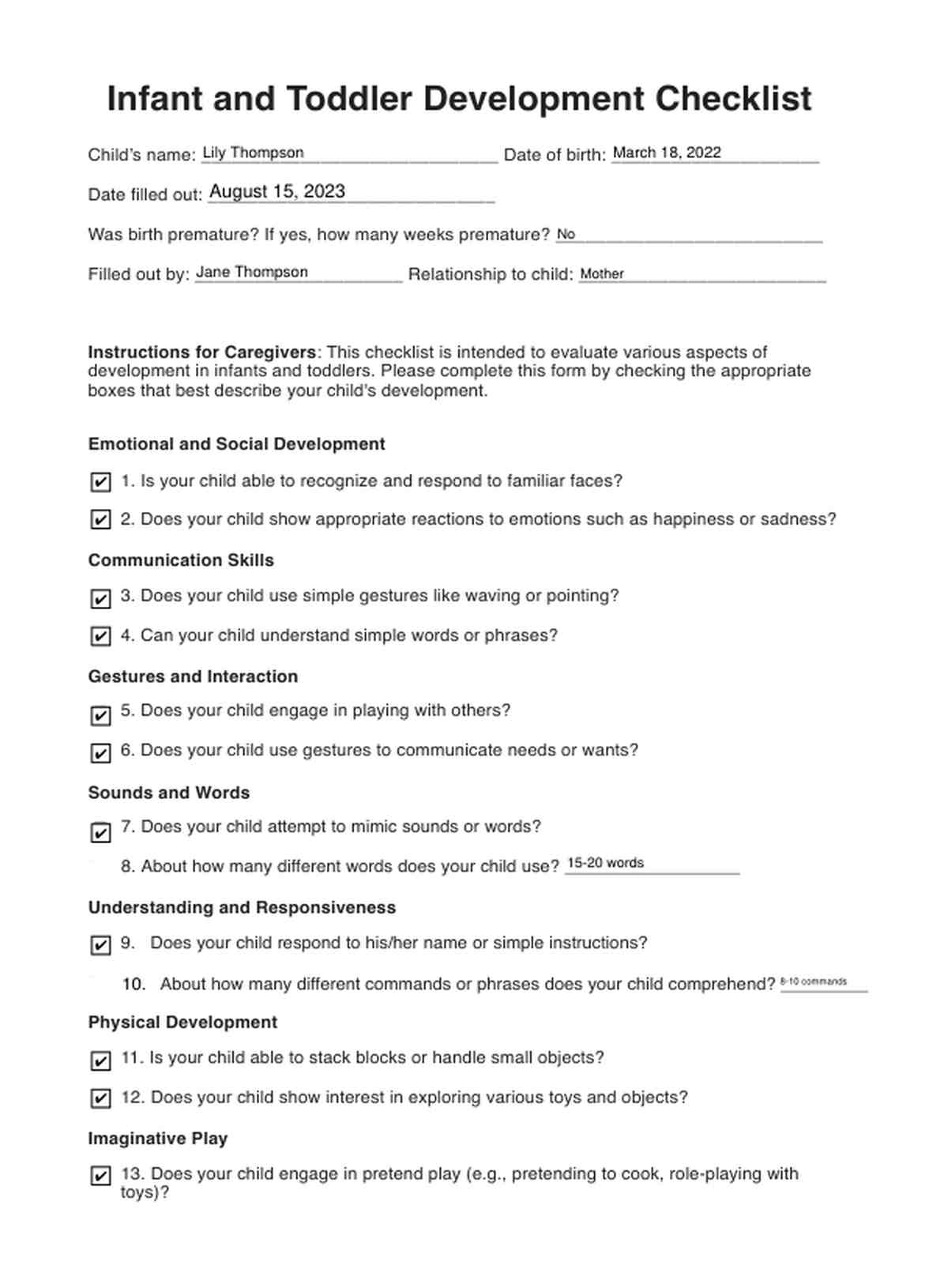



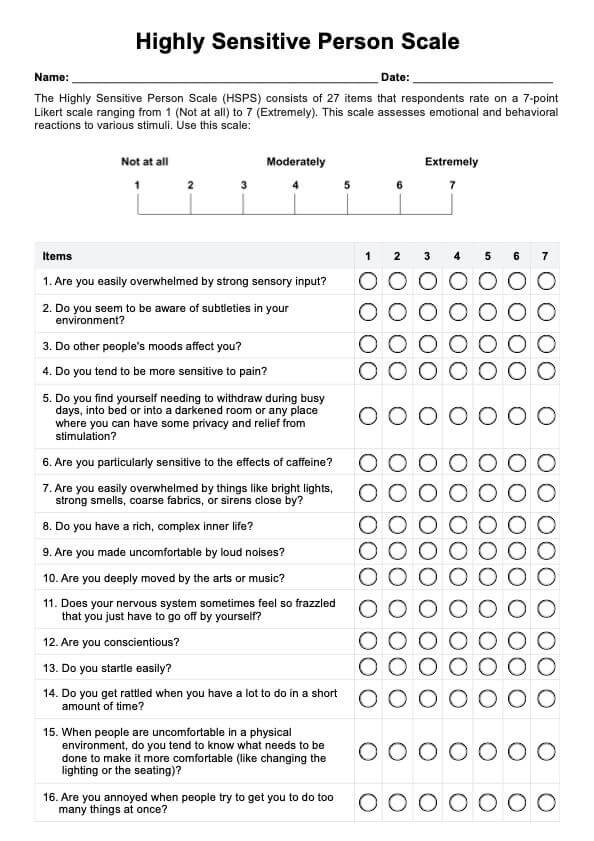









-template.jpg)




























































































